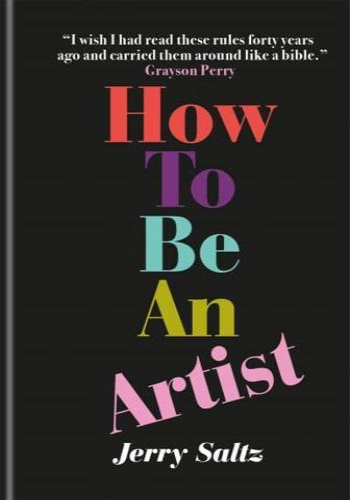The New York Times Bestseller
"I wish I had read these rules forty years ago and carried them around like a bible. By chance or design I've followed most of them at some point but it took me a lifetime as an artist to find what worked. They are the generous, loving, enthusiastic, bullshit-free advice of a master communicator, just reading them makes me want to charge back into the studio" - Grayson Perry
"Being an artist is a lonely pursuit - twenty-four hours a day, seven days a week, for the rest of your life. Most of the time it hurts. This book will help the pain" - Tracey Emin
One of Elizabeth Gilbert's 2020 Quarantine Book Recommendations
"Joy is palpable in these pages. We need such thinking right now" - Apollo Magazine
As the witty and passionate chief art critic for New York magazine, Jerry Saltz is often approached by artists, both amateur and professional, asking him for advice: How do I get started? How do I get better? Is what I'm doing even art at all? They want to know, in short, how to be an artist.
Now, expanding on his viral cover story for New York magazine - and drawing on his decades of immersion in the art world - Saltz has the answers. How to Be An Artist is an indispensable book of practical inspiration for creative people of all kinds. Brimming with dozens of brand new rules, prompts, exercises, and tips designed to break through creative blocks, ignite motivation, and conquer bad habits, this book is designed to help artists of all kinds - painters, photographers, writers, performers - realize their dreams.
Includes such advice as:
- Make art for now, not the future
- No, you don't need graduate school
- Recognize convention, and resist constraint
- Get lost
- Listen to the wildest voices in your head
- Know what you hate (it's probably you)
- Finish the damn thing!
- How to recover from critical injuries







